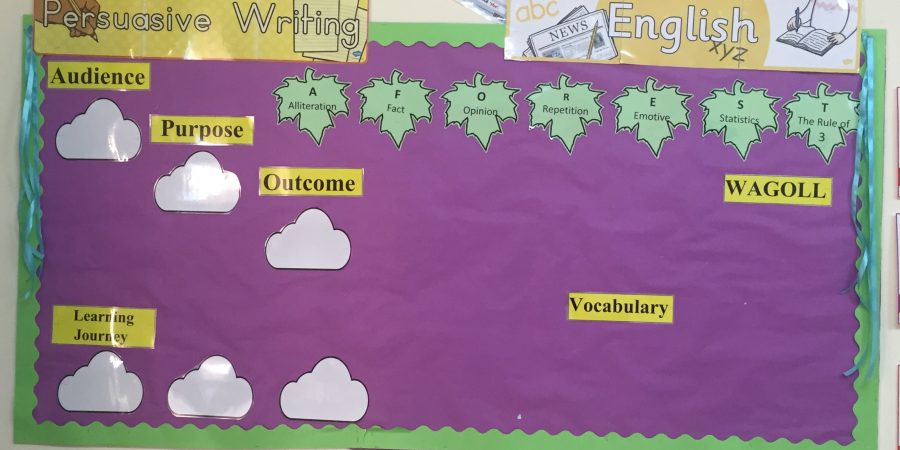How many of us spend hours cutting, laminating and “beautifying” our classroom displays? The truth is, we all do! As class teachers it’s a given that we have classroom displays up, neat and current to what children are learning.
But how many of our children even look at or use the classroom displays? The sad truth is very few. Unless you involve them and engage them with the display. In today’s post, I’m going to share some tips I’ve learned over the years into making your displays purposeful and a true classroom aid.

The purpose of displays (as I see it) are:
- To support and display children’s learning.
- To document their journey to reaching their outcome.
- To extend or challenge the learning further.
All in all, there should be a strong balance of displays OF learning and displays FOR learning in your classroom. Meaning that on every display board, there should be examples of children’s work and not just filled to the brim of content printed from websites such a Twinkl.

Include a WAGOLL
What A Good One Looks Like. One week one of a new genre/topic, I like to introduce children to a RICH model text in which they understand the expectations of them, but also start to see how a “good one” should look. Once we’ve read the model text and discussed it, it gets added to the display for a reference point for children.

Include a section for topic rich vocabulary
Children need to be shown what type of vocabulary to use in order for you to see it in their writing. Anytime an outstanding word creeps up in texts their reading, or in model texts, ask a child to write it on a post-it note and add it to the display! Rather than printing and laminating a load of ‘key vocabulary’ that rarely get used, children actually remember these words and will try to use them, where and when they can. (Plus I’m a big lover of post-it notes, they make displays look so colorful).

Include an ‘audience and purpose’ section.
This isn’t a huge necessity in my eyes, but for this topic I decided to include it as the children often like to ask why we write such texts. Also in recent comprehension questions, the children have struggled to pick out the “purpose” of a text. By including it as part of our display, I’m hoping to model to them how to pick out the purpose and audience of any particular text.

Display the Learning Journey
Again, not a huge necessity in my eyes, but just something that can be included to remind children of the steps they’ve taken to write a particular type of text. This year, we’re spending 3 weeks on each text type, so each week I’ll write our focus for the week on a cloud for children to refer to.
Fill in the gaps with children’s work
As you can see from the above pictures, I have left lots of blanks spaces to be filled with children’s work. It’s by no means a perfect display, but it has some ideas there in how you can balance displays FOR learning with displays OF learning.
*Completed display below

Download these display headings as a freebie here.
How do you use displays in your classroom? Do you have any tips and tricks you’d like to share? Comment below and let us know.

